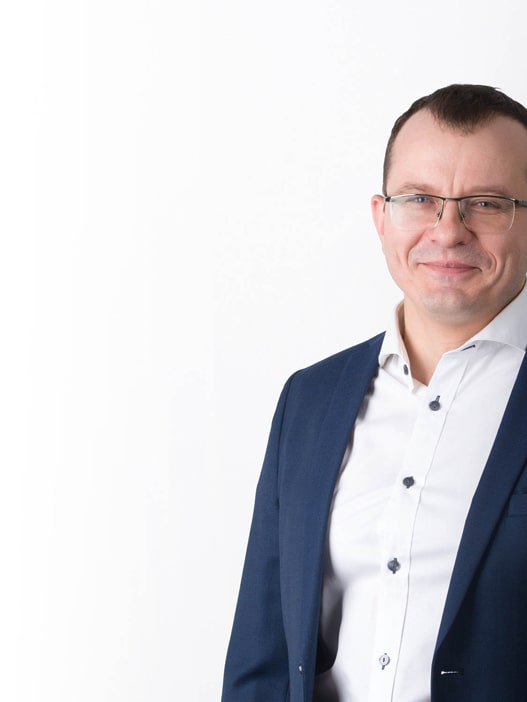Renewable Energy on the Rise in CEE/SEE region – Wolf Theiss Presents In-Depth Guide for 2022
Wolf Theiss has published the newest edition of its comprehensive guide to “Generating Electricity from Renewable Sources in Central, Eastern & Southeastern Europe” for 2022. It reflects the key modifications in the RES-Electricity legislation in 12 countries of this region.
Since 2020, the ambitious targets adopted by the EU Member States for 2030 have proven to be a significant catalyst for the development of renewable energy projects in Central, Eastern and Southeastern Europe (CEE/SEE) over the past two years. Meanwhile, the recent and ongoing conflict in Ukraine emphasizes the increased urgency and need for energy security for all European countries as they seek to transition away from vulnerability to – and dependency upon – imported Russian oil and gas.
These developments, coupled with technological improvements in the generation and storage of electricity from renewable energy sources (RES-Electricity) are expected to spur increased regional investments into this sector. Therefore, laws and regulations governing the generation of RES-Electricity in Central, Eastern and Southeastern Europe remain of major interest.
“We gathered the legal experts from each of our Wolf Theiss offices to develop a comprehensive guide focused on regulatory and other key drivers that herald an unprecedented and imminent transformation of the energy sector in our region”, highlights Bryan Jardine, partner at Wolf Theiss Bucharest and editor of the guide.
In its newest guide, Wolf Theiss outlines the most significant developments related to renewable energy generation in that region. Here are some interesting findings:
• The Austrian government has set ambitious climate protection targets which are defined by the government’s #mission2030 plan. The first big target of #mission2030, increasing the share of energy from RES in gross energy consumption to 46 – 50 percent by 2030, is likely to be achieved, as 33.4 percent of total energy consumption and 73.1 percent of electricity consumption was already produced from RES by 2018.
• Currently, Poland holds a leading position among European hydrogen producers with an annual production of approximately 1.3 million tonnes. However, this hydrogen is produced by processes that use fossil fuels. Because of the intensive development of RES projects in Poland, this may be an interesting location for green hydrogen investments. The potential for green hydrogen has been identified by both business and the government.
• Hungarian solar capacity reached 1,829 MW at the end of 2021. This is an increase of 422 MW compared to 2020.
• Given the relatively high share of nuclear sources in electricity production and the high share of natural gas in the heating industry, the Slovak Republic has one of the lowest energy emission levels in the EU.
• Transport is a sector that has significant influence on energy consumption in Slovenia and thereby on efforts to achieve the goals of energy and environmental policy, especially in achieving the goal of the share of RES in gross final energy use. Currently 10.9 percent of the total energy consumption in the transport sector comes from RES.
• On 1 January 2022, an amendment to the “Promotion Act” came into effect in the Czech Republic and established a new type of support scheme, known as the “auction bonus”.
• In the last two years, no significant progress has been recorded in the RES sector in Bosnia and Herzegovina. The institutions there have worked on reforming the RES Support Scheme with the support of international organisations, but to no avail.
• Ukraine plans to increase the share of RES-Electricity to 25 percent by 2035. Thus, it will require significant, and sustained investment into new RES capacity, storage and transmission networks. During 2018, installed solar power capacity increased by 87 percent, wind power by 15 percent and biofuel by 33 percent driven mainly by the “last chance” to fall within the green tariff regime until 2020.
• In November 2020, Serbia signed the Sofia Declaration on the Green Agenda for the Western Balkans, which forms part of the EU’s initiative to include Western Balkan countries in the efforts to make Europe carbon neutral by 2050. Following this, Serbia also enacted its Law on Climate Change with the key goal of decarbonising the industry and reducing greenhouse gas emissions.
• During the period 2020 – 2030 an increase of at least 2,645 MW of net installed capacity of electricity production facilities using renewable energy is expected in Bulgaria.
• On 8 December 2021, the Croatian parliament passed the new RES Act 2021, which entered into force on 23 December 2021. The RES Act 2021 sets Croatia’s renewable energy target as a percentage of gross final energy consumption by 2030 36.6 percent.
• In December 2021, the Romanian government presented its intentions to approve a new support scheme with contracts for difference (“CfD”) as a means of promoting nuclear and renewable energy investments in Romania.
Download the Press Release in German
Download the RES Guide













